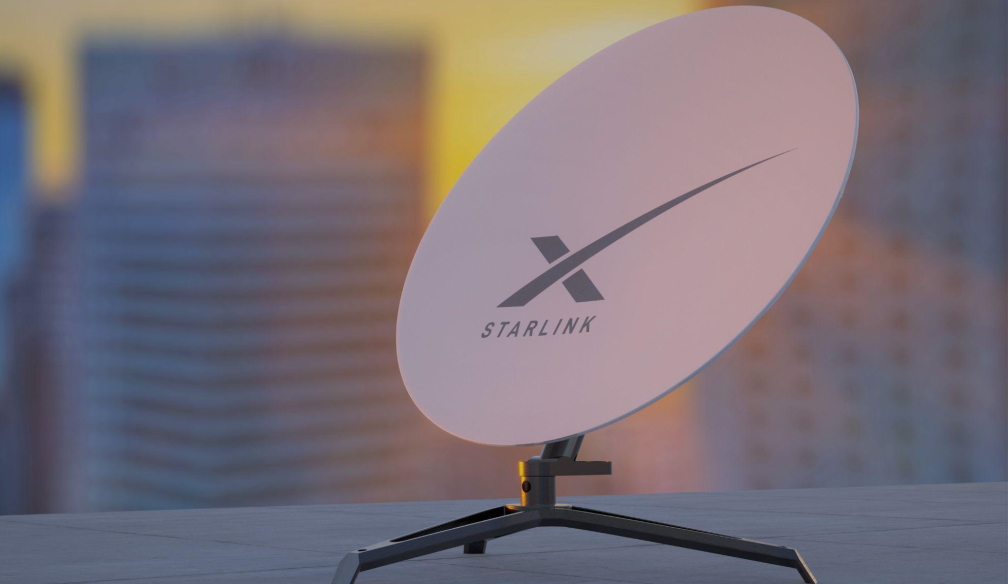An Electrician’s Guide to SpaceX Starlink

Starlink is a satellite internet service provider under SpaceX, Elon Musk’s aerospace company. It provides high-speed internet connections, especially in rural or remote areas where connectivity is challenging.
Starlink satellites differ from NBN’s Sky Muster, but the general operating method is similar.
The satellites orbiting the earth send and receive signals from transceivers on the ground. They convey a wireless signal to your home terminal, like an NBN dish on your roof.
However, Starlink satellites are about 60 times nearer to earth than the traditional satellites. This shorter distance guarantees responsive and faster connectivity than other satellite internet services.
Currently, more than 2,400 functional Starlink satellites are orbiting the earth. Beta programs are available in about 33 countries, including New Zealand and Australia.
Australians look forward to Starlink connections due to the promise of faster internet speeds of up to 200mbps. Possibly 300mbps later in the year.
Pros of Starlink
-
High Speed
SpaceX’s satellite network has lower latency due to the low orbit altitude and numerous satellites.
Traditional satellites orbit at about 35,000 km (21748 miles), while Starlink satellites are less than 550 km (342 miles) away. Therefore, the Starlink signals travel shorter distances, improving the latency and internet speeds.
-
Cost-effective
Starlink offers competitive internet prices, often more affordable than satellite or cable internet in suburban and rural areas. Rural users pay the same as city users but receive lower speeds in most places.
With Starlink, users pay a standard fee for unlimited internet speeds.
-
Availability in Rural Areas
Cable and satellite internet are only available in some areas, particularly major towns and cities. In rural areas, it's either unavailable or painfully slow and expensive.
Starlink internet is available, regardless of your location. The numerous low earth satellites ensure availability around the globe, even in the middle of the ocean or the most remote areas.
-
Disaster Recoverability
Natural disasters such as wildfires and storms affect internet connectivity, which often takes days or weeks to restore.
Starlink Internet remains unaffected by internet outages. You can resume your connection hassle-free as soon as the skies clear. Since there are many base stations, surrounding stations will ensure connectivity if one gets affected.
Cons of Starlink
Starlink has some disadvantages but on a relatively minor scale.
-
Slow Internet Speeds in Cities
Starlink has a particular number of satellites in one location at all times. Cities are more populated than rural areas, but the number of satellites is the same. Arguably, because of the intense use of Starlink's internet, speeds in cities are slower than in rural areas.
-
Hardware Installation
In most cases, the satellite internet or cable company provides the equipment and installation services.
Starlink doesn’t offer installation services, so users install the Starlink plates individually. These plates also require clear sky views, which can be challenging for users in rented flats or high-rise buildings.
-
Interruption from Poor Weather
Bad weather, such as heavy rain or storms, affects satellite communications. Users living in such areas may experience connectivity issues.
Cost of Starlink in Your Home
In Australia, Starlink plans cost $139 per month. You’ll also need to cover shipping and handling fees of $115 and $924 for the hardware. You can pre-order by putting down a deposit of $139, which is entirely refundable. However, the deposit is not a service guarantee.
Conclusion
Starlink offers reliable, stable, and fast internet speeds if you live in Australia's remote regions. It's also perfect for bandwidth-intense activities such as professional gaming and HD streaming.
You can count on better performance at affordable monthly costs. Get in touch with a licenced electrician and start your journey to unlimited internet speeds, regardless of location.








